Akna Márquez: Case Study on her Skillshare class “Multi-sensory Design”
Hey, it’s naii.io!
I helped Akna create social-media-ready video snippets out of her Skillshare class on multi-sensory design.
When the project was complete, she had the following words to say:
Of course, she recorded the video AFTER the work was done. So, here’s an attempt to describe how the project was executed. Creativity is messy by nature, that‘s why it’s only an attempt. But thanks to using Basecamp for project management, I had a fairly good recollection of how things evolved.
The project happened in 3 acts:
- Preparation
- Execution
- Review
At the end of the project, I delivered the following deliverables to Akna:
- 11 engaging titles
- 11 social-media-ready video clips
- 11 thumbnails/still images
- 11 fully edited and proofread transcripts resulting in flawless video captions
- 11 social-media-ready clip descriptions using copywriting techniques
- 1 main outro sequence with a call-to-action to sign up for her Skillshare class
The video clips were meant for Instagram, LinkedIn, and Twitter.
1/3 Preparation: file management & communication in Basecamp
Akna provided the video files that were used for her Skillshare class.
I uploaded these files to my project management system, Basecamp, where also the whole project communication has happened. I then invited her to Basecamp.
To give Akna an idea of how a final result could look like I took her intro video, edited the video and the transcript, and showed a preliminary video version to her, plus a social media video clip I had created in the past for another client of mine.
Then the actual work began.
2/3 Execution: text-based video editing in Descript, thumbnails in Photoshop/Affinity Photo, video polishing in After Effects/DaVinci Resolve, and editing captions using Subtitle Edit Pro
After verifying her primary brand color for this project, which was purple (R: 119, G: 91, B: 210 - hex code: #775BD2), I edited and produced 11 of her videos down to lengths that would be compatible to social media: from 20-30 seconds to about to 2 minutes.
The goal was always to extract the essence of the respective video lesson without revealing all of the content, because, obviously, that’s why people should sign up for her Skillshare class.
The whole editing process happened in Descript. Descript allows me to written-word-edit a video file after it’s been transcribed. I’m first and foremost a writer, so editing a video through its transcript was right up my alley - it’s a LOT OF FUN! 🤩
I also invited Akna to the Descript project, so she can have a glimpse behind the scenes.
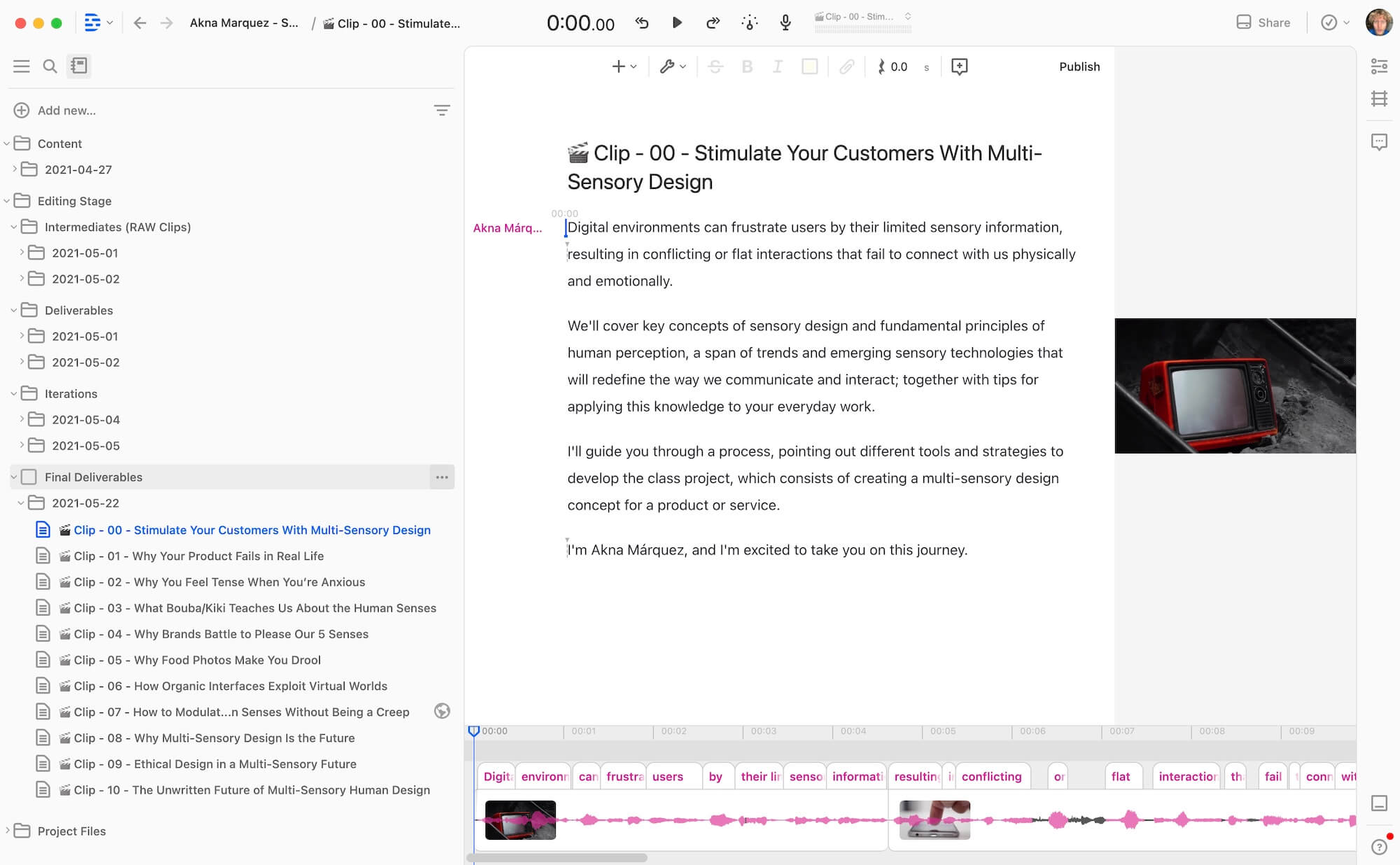
In Descript, each of the 11 videos went through 3 stages with either one round or an optional second round of revisions to get Akna’s final approval:
- Draft
- Feedback from Akna
- (Optional: Intermediate)
- (Optional: Feedback #2 from Akna)
- Final video incl. writing titles and descriptions
After the draft stage, Akna replied back:
You did a wonderful job at synthesizing key ideas from the course.
It’s so cool how you cut from different sections and make it work like it was a linear narrative originally conceived that way :) It’s what you explained but now I can see it with my own words haha
That was probably the biggest epiphany for Akna, and now it was only about repeating that process of synthesis for all 11 clips until their final approval by Akna.
💡One lightbulb moment for Akna was also that the spoken word in her video doesn’t have to exactly match what the transcript says.
My credo when editing transcripts is: if it’s unclear in the video, write it clearly in the transcript. I’m editing the transcripts always for readability, which means, “Bye-bye filler words.”
The transcript in this context is not necessarily 100% of a mirror of what she was saying, but a reflection of the sense. BUT what Akna is saying is always the guideline, and when the speech is succinct and free from fillers, the transcript will reflect that.
However, if an editorial decision of mine really “hurts”, I always invited Akna to please make me aware of that.
💡Another learning nugget on Akna’s side was the usage of open loops. Whenever appropriate, because the content would allow it, and it wouldn’t feel forced, I applied open loops: Akna talks about a thing in a few sentences, but the full picture you only get when signing up for her Skillshare class. Remember: it’s social media content on the surface but copywriting techniques baked into the content. Increasing sign-ups for her class was the goal after all. 🤓
2.1 Major challenge: Writing engaging titles is HARD
The most intense exchange and creative friction between Akna and me happened when it came to writing titles.
Titles are 50% of the work, because next to the thumbnail it’s the second thing people see before clicking a video. That’s why titles are so important.
For example, for Akna’s shortened intro video, I ended up writing about 100 titles for this 1 video.
The final and Akna-approved title was:
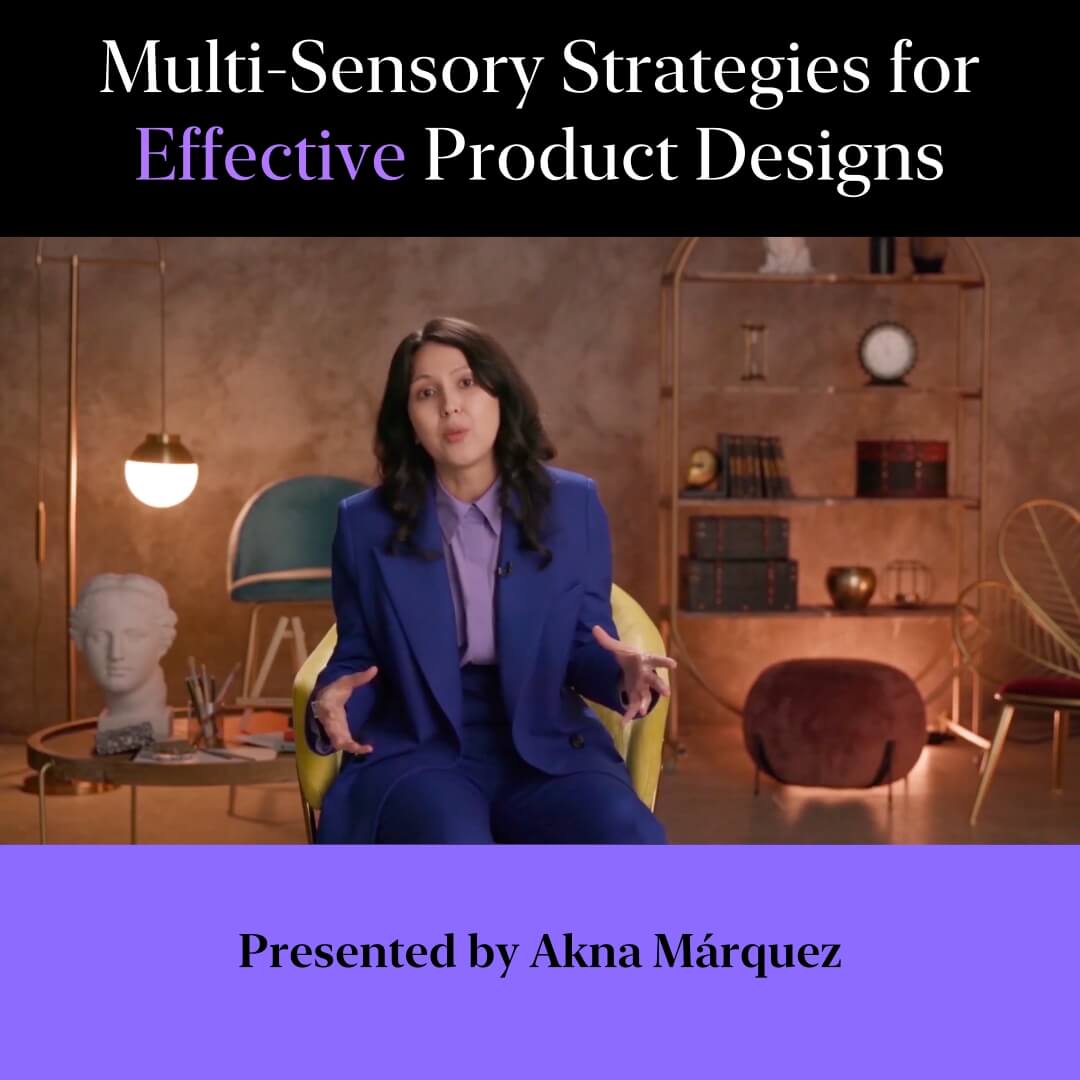
A straightforward title that gives a clear outcome: effective product design.
2.2 Descriptions
Next to writing titles and editing the transcript of her videos, writing social-media-ready descriptions was the third text-related task.
Here is the description I wrote for clip 1:
Are you bored by smartphone apps that don’t touch you as deep as a good film does? Are you frustrated that you still can’t smell what is happening in a movie?
Akna Márquez found a way to break the sensory limits of digital environments.
In her Skillshare course “Multi-sensory Design: Engaging the Senses through Digital Experiences” she will teach you:
- Key concepts of sensory design
- Fundamental principles of human perception
- Trends and emerging sensory technologies
At the end of the course, you will know the different tools and strategies to develop a multi-sensory design concept for your product or service.
When copy-writing descriptions, I used the following approach:
- I start with a hook in the form of a
problem, pain, or curiosity - followed by a
solution, principle, or approach, - then an
explanation, or application of the solution, - to end with a
conclusion.
2.3 Creating the outro sequence
There are four components of an outro:
- Image
- Text/description
- Call-to-action
- Sound/theme music
The challenge here was to find a sound that suits Akna’s brand and mindset. I chose something that had an “organic touch”:
Furthermore, text and imagery turned into a petite challenge as well.
Questions that arose were:
- How much is Akna’s class about her?
- Accordingly, how much does she show of her in the outro sequence when people have seen her in the video already?
- Is Akna Márquez a brand or a person, or both?
We then agreed that a collage with shots from her class and her profile photo are a great combination of showing both the human touch and the professionalism that Akna stands for.
The last thing we talked about was the call-to-action. After many iterations we agreed to keep it simple:
Learn Multi-Sensory Design!
aknamarquez.com/education
(includes 1-Month Skillshare Premium)
Here is the final outro video snippet:
The outro starts with a clear call-to-action:
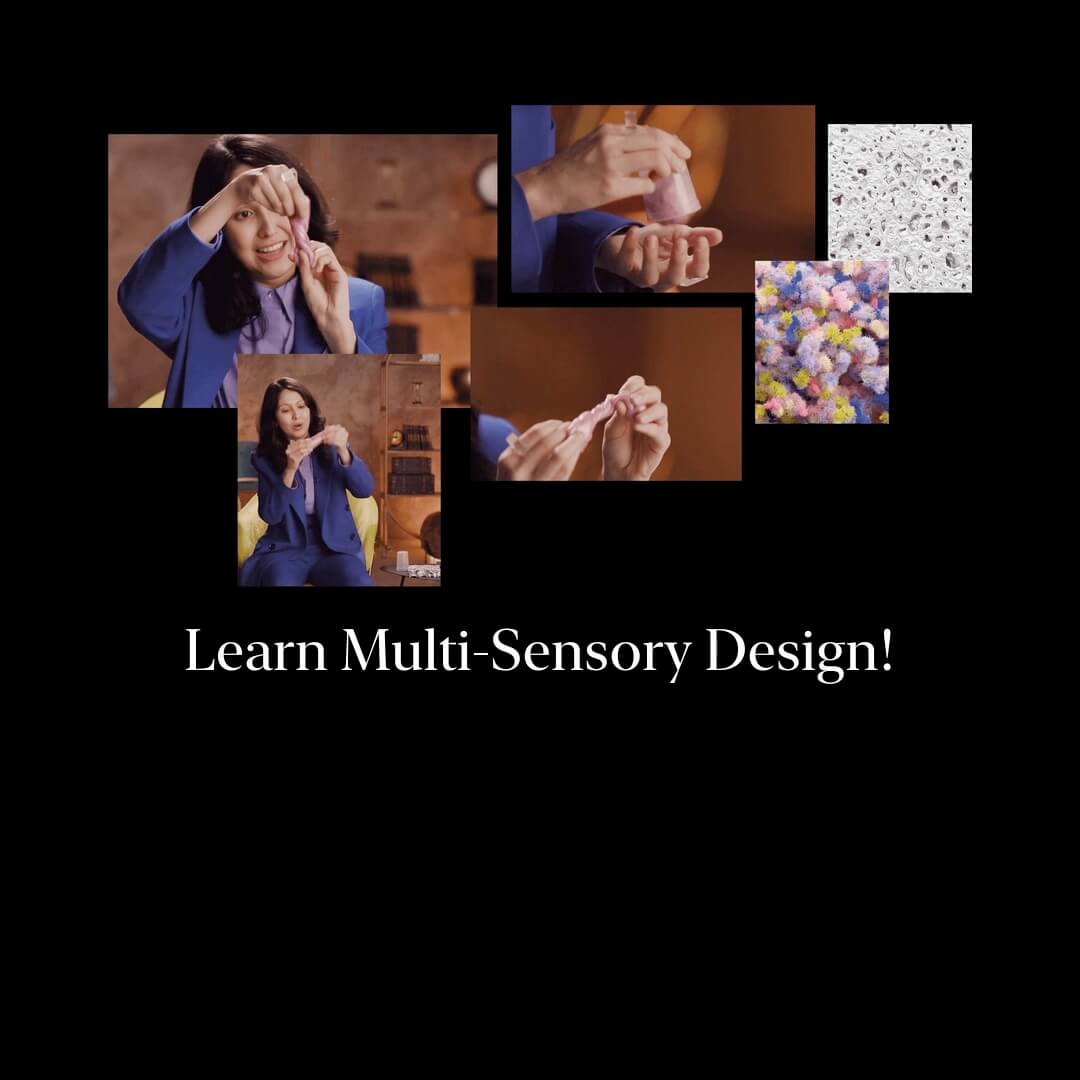
It then morphs into the precise offer which is part 2 of the call-to-action:
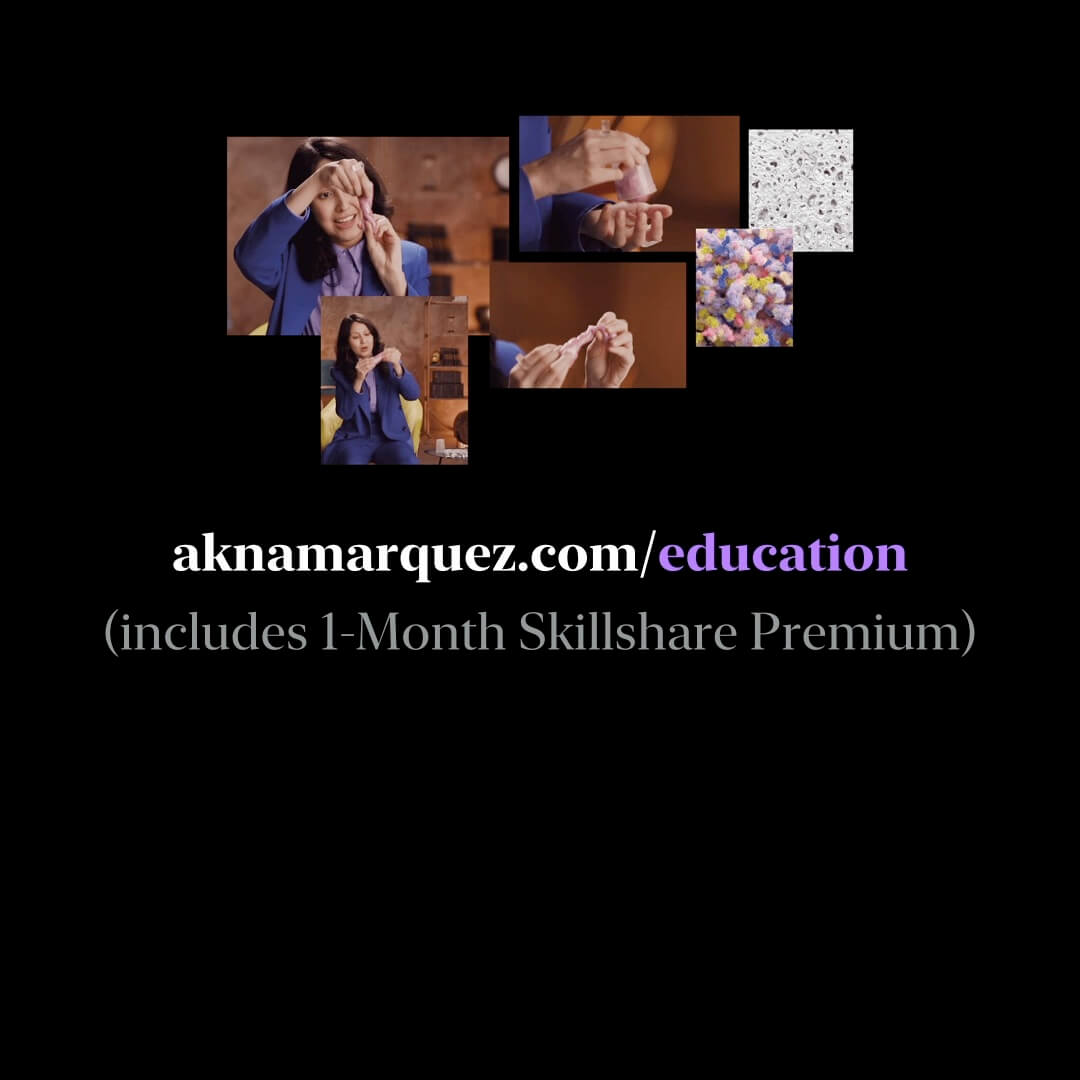
And the outro ends with a friendly yet professional shot of Akna and the reminder that it’s a free Skillshare trial:
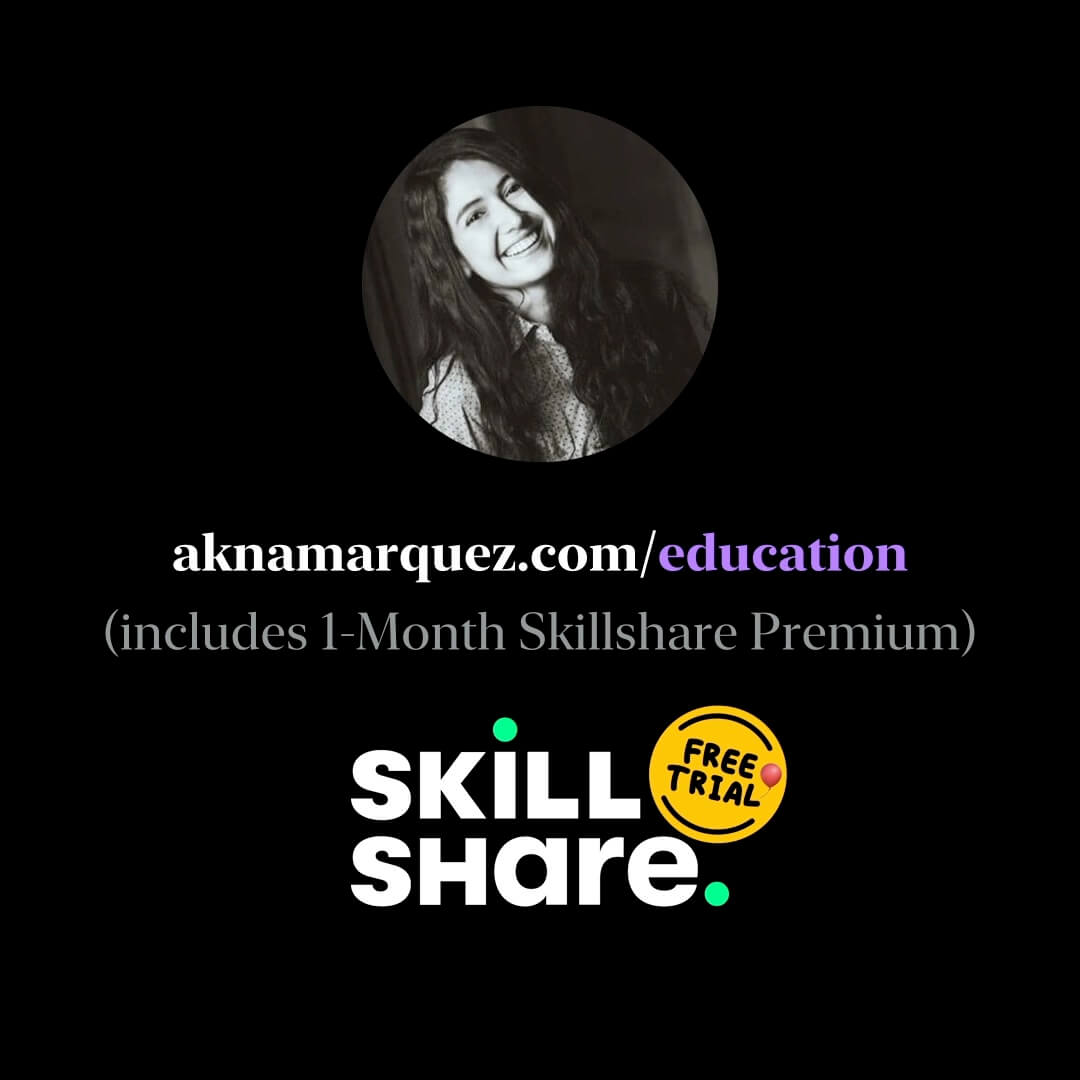
3/3 Review
The last piece of the puzzle was the review process.
I had a look at the 11 final videos, thumbnails, transcripts, and clip descriptions.
Then I delivered everything to Akna via Basecamp, which looked like this:

With Akna’s permission, here is one fully produced clip:
If you’d like to take Akna’s class on Multi-Sensory Design, visit aknamarquez.com/education.
Have a good day!
Cheers,
-Alex (naii.io)
© 2007-2024 naii.io - German-English Narrative Voice Actor, Sprecher Alexander Kluge
